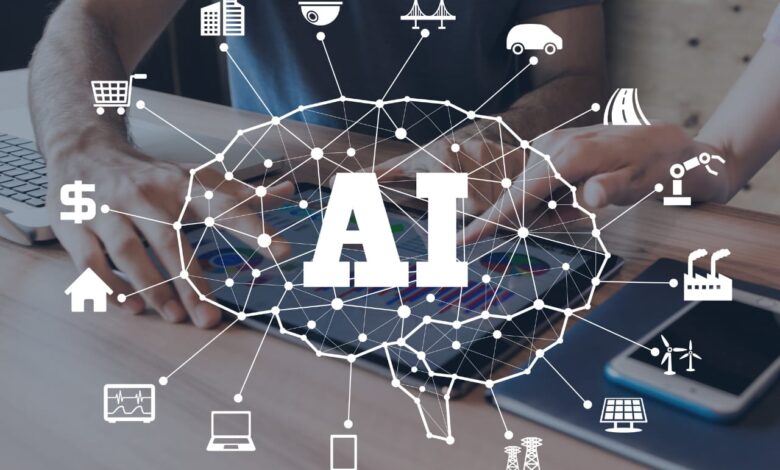What Is Computer Vision?

Are you familiar with the phrase, “If the picture is worth 1000 words, then a video must be worth a million?”
Not too long ago, it might have seemed too far-fetched to imagine that we’d soon be able to communicate through screens by recording our life experiences. But here we are, and with the rise of AI, it’s becoming easier every day to describe and learn through video. So, what is computer vision?
Keep reading to learn more about this innovative use of technology.
Benefits of Implementing Computer Vision
Computer Vision is an interdisciplinary field that deals with how computers can be made to understand, interpret, and gain meaningful insights from visual data. It encompasses the development of algorithms and methods to acquire, analyze and interpret digital images.
One of the benefits of implementing OCR with computer vision is automation and making mundane tasks less tedious. Businesses using Computer Vision can automate certain tasks, including sorting and inventorying items, creating consistent records, tracking production and inventory levels, and detecting defects in products.
Challenges of Implementing Computer Vision
Computer Vision (CV) is the field of study that deals with the automatic identification of objects and features in digital images or videos. It is part of the broader field of Artificial Intelligence (AI).
This requires an understanding of the various shapes and patterns that comprise an object and being able to identify them in different poses and orientations, often across large datasets. Even when an image recognition algorithm is in place, it must be able to discern between objects from similar classes and those from distinct classes, often with only subtle differences.
Anatomy of Computer Vision
Computer Vision Anatomy is a term used to describe the different components required to perform a computer vision task. Computer vision is a field of artificial intelligence concerning the extraction of meaningful information from digital images.
These components include image-capturing hardware, text in image processing using an algorithm, and integration of the results with information sources. Once images are acquired, an algorithm can be used to process the data and extract useful information from the acquired images.
Applications of Computer Vision
What is computer vision is an exciting branch of Artificial Intelligence (AI) that is concerned with how computers can learn to interpret and understand visual data.
Computer Vision uses advanced algorithms and deep learning techniques to process, analyze, and understand digital imagery. Computer Vision technology has a wide range of applications in various facets of life, including medical diagnostics, autonomous vehicles, robotics, facial and biometric recognition, and more.
Limitations of Computer Vision
Computer vision is a field of artificial intelligence (AI) concerned with using machines to interpret visual data. While it can provide insights and can be used in many different applications, it does have its limitations.
One limitation is that computer vision algorithms are only as good as their input. If the input data is incomplete or incorrect, the algorithm will produce inaccurate results.
Explore What Is Computer Vision
What is computer vision is an effective technology for recognizing elements in an image or video, such as objects, faces, or words. The potential applications are endless and technological breakthroughs are continually advancing the field.
Did you find this article informative? Check out the rest of our blog for more!



